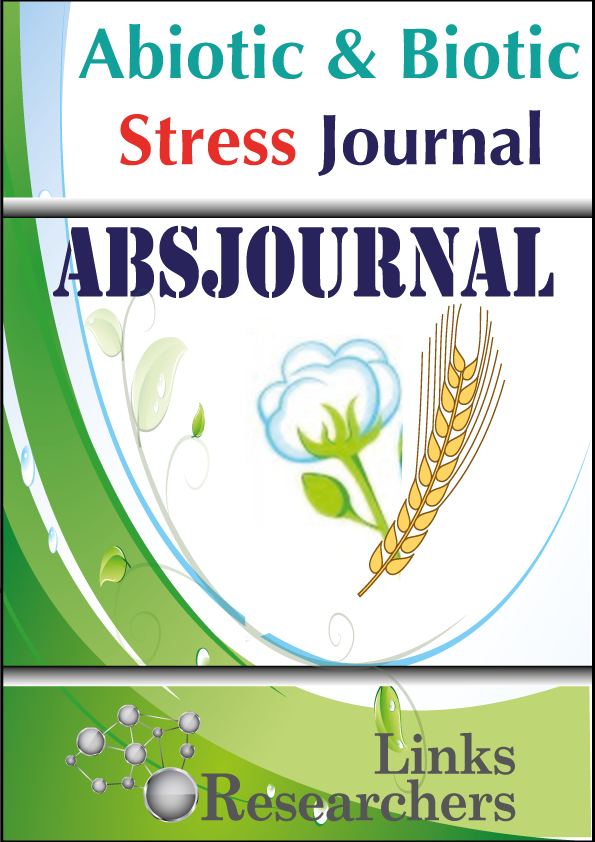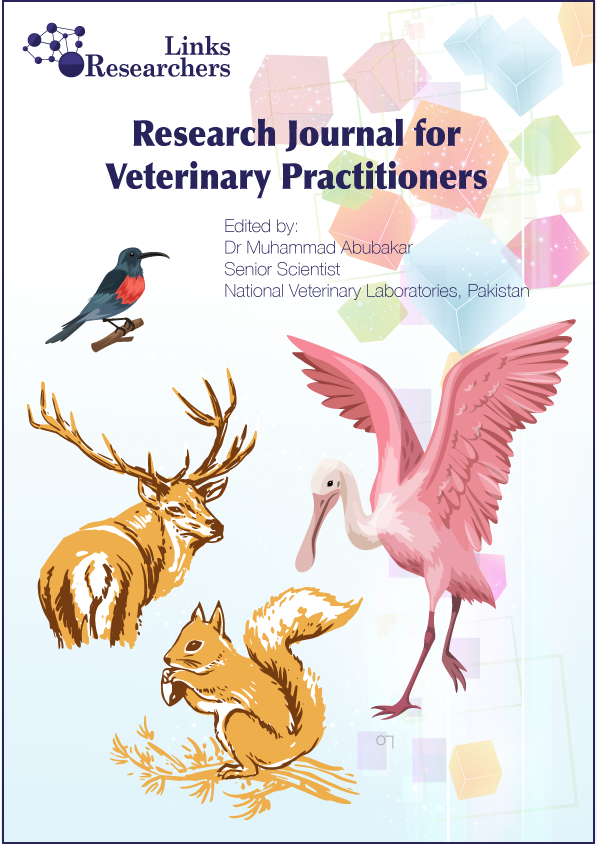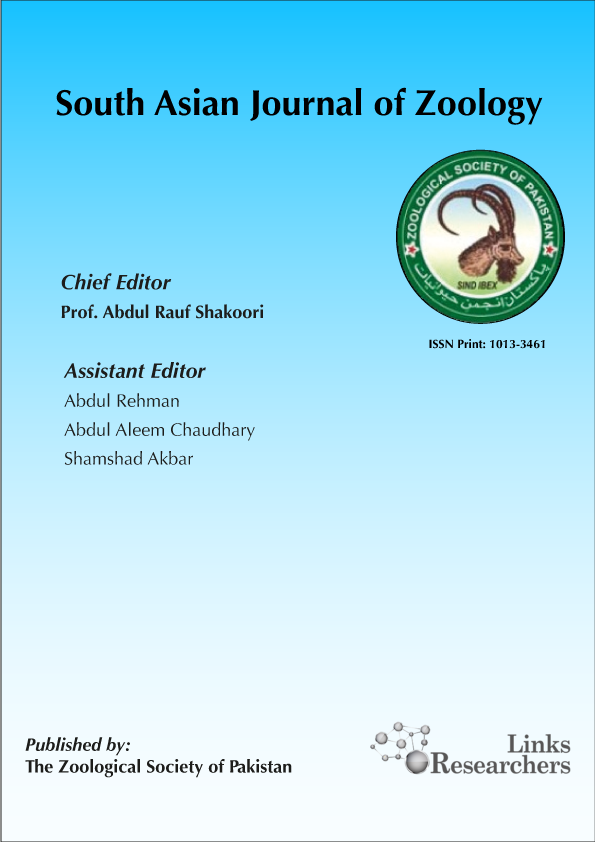Salma Shaheen, Muhammad Jamil Khan, Saleem Jilani
Rashid Saleem1*, Zammurad Iqbal Ahmad2, Muhammad Abbas Anees2, Abdul Razzaq3 and Ashiq Saleem1
Malik Ikram Ullah1, Abdul Aziz Khakwani1*, Muhammad Sadiq1, Inayatullah Awan1, Muhammad Munir2, Ghazanfarullah1
Muhammad Mudassar Maqbool1, Anser Ali1, 2 *, Tanveer ul Haq1, Muhammad Nasir Majeed1, Dong Jin Lee2
Aqeel Ahmad, Zammurad Iqbal Ahmed, Irfan Aziz*
Imdad Sohu1, Allah Wadhayo Gandahi2*, Ghulam Raza Bhutto2, Muhammad Salim Sarki2, Rabail Gandahi3
Muhammad Nawaz Kandhro*, Habib-Ur-Rehman Memon, Muhammad Ali Ansari, Ahmed Naqi Shah
Gultaj Hussain1, Abdur Rahman1*, Tariq Hussain2, Siraj Uddin1, Tariq Ali3
E-mail | abdur_rahman@aup.edu.pk
Mudasir Irfan Dar*, Fareed Ahmad Khan and Farha Rehman
E-mail | irfanmudasir@gmail.com
Muhammad Imran1*, Muhammad Mobashar2, Muhammad Irfan3, Shazia Hanif4, Sumaira Hanif5 and Muhammad Abubakar6
Ilham Ulla, G. Arjumand, Nawab Ali and Mohammad Akmal*
Shahida Bibi* and Ijaz Ahmad Khan
Mukhtarullah1, Jawad Ali2 and Mohammad Akmal1*
Nadeem Khan1*, Arshad Ali Khan1, Mukhtar Ahmad2, Muhammad Nouman2 and Badshah Islam1
Zar Muhammad and Mohammad Tariq Jan
Gul Naz and Mohammad Akmal
Muhammad Nawaz Kandhro, Qamaruddin Jogi, Mahmooda Buriro, Aijaz Ahmed Soomro, Ghulam Mustafa Laghari and Ali Nawaz Khaskheli
Allah Wadhayo Gandahi, Khalilluah Panhwar, Rabail Gandahi, Muhammad Saleem Sarki and Mahmooda Buriro
Manzoor Hussain*, Miloslav Zouhar and Pavel Rysanek
Safdar A. Wahocho, Tanveer F. Miano, Noor U.N. Memon and Niaz A. Wahocho
Sadiq Hussain, Muhammad Sharif, Sarmad Khan, Fazli Wahid, Hina Nihar, Wiqar Ahmad, Imran Khan, Nadeem Haider and Tabassum Yaseen
Manzoor Hussain*, Miloslav Zouhar and Pavel Ryšánek
Jose M. Rojas, Noemi Sevilla and Veronica Martin
Zafar Waheed, Khalid Usman, Iftikhar Ali
Muhammad Shafiq and Tahir Maqsood
Salma Shaheen, Mumtaz Khan, Muhammad Jamil Khan, Saleem Jilani, Zarina Bibi, Muhammad Munir and Mehwish Kiran
Aqila Shaheen and Nadia Sabir
Iftikhar Ahmad, Abdul M. Saleem, Ghulam Mustafa, Khurram Ziaf, Irfan Afzal and Muhammad Qasim
Mohammad Raoofi and Mohammad Taghi Alebrahim
Habib Ullah Khan1*, Saleem Ullah1, Hamid Ullah Shah1, Muhammad Arif2
Sanaullah Jalil*, Asim Hayat, Abid Majeed, Syed Haider Abbas, Muhammad Noman, Muhammad Imran Kasana and Muhammad Mazhar Hussain
K.N. Ahmed, S.H.A. Pramanik, M. Khatun A. Nargis M. R. Hasan
Sitansu Pan, Surojit Khalko and Amrita Das
Palash Mondal1 , Amitava Konar2 and N. Johnson Singh3
Basudeb Dasgupta, Partha Dutta and Srikanta Das
M. S. A. Mamun and M. Ahmed
Amitava Konar, Kiran A. More and Pradip Mondal
Amitava Konar, S. Paul and Kiran A. More
Biswajit Pramanick, Sruti Karmakar, Koushik Brahmachari, Rupayan Deb
Dipak Mandal, Paramita Bhowmik and M.L. Chatterjee
Abhijit Ghosal and M. L. Chatterjee
Lakshman Chandra Patel and Chandan Kumar Mondal
S. Pal, H. Banerjee and N. N. Mandal
Dhananjoy Mandal
B. S. Nandihalli
V. N. Jalgaonkar, M. S. Gawankar, V. W. Bendale and P. D. Patil
...
Furukh Faiz1,2, Muhammad Issa Khan2, Masood Sadiq2 and Haq Nawaz3
Murad Ali1, Farmanullah Khan1, Wiqar Ahmad2* and Imran Khan1
Muhammad Ibrahim and Ahmad Khan*
Attaullah Khan1, Muhammad Shafi1*, Jehan Bakht2 and Shazma Anwar1
Zakirullah Jan1, Shamsher Ali1*, Tariq Sultan2, Wasiullah1 and Wiqar Ahmad1
Zahid Mehmood*, Alam Zeb and Muhammad Ayub
Abdus Subhan1, Qudrat Ullah Khan1, Muhammad Mansoor2 and M. Jamil Khan1























